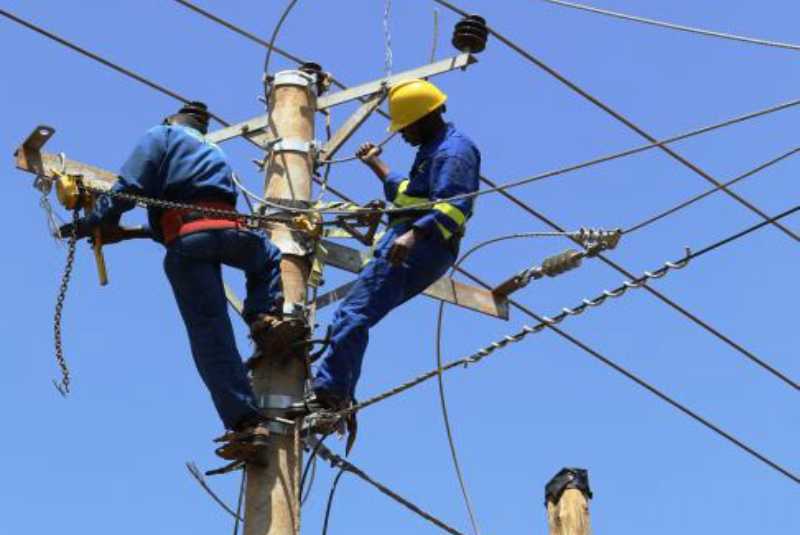×
The Standard e-Paper
Home To Bold Columnists

Kenya Power Company personnel work on a power line at Tetu in Nyeri on February 2,2018. There has been numerous complainants from consumers about the wrong billing.Some consumers now want the company to give them the accurate billing without disconnecting their supply after received an estimated wrong billing . [Photo:Kibata Kihu/Standard]
Kenya Power will shoulder a bigger burden for operating old power transmission infrastructure that has led to high system losses.